When someone is diagnosed with metastatic breast cancer, the measurement of life immediately begins to work backwards. We ask, "How many years do I have left?" or "How many months do I have left?" or "How many weeks do I have left?" or "How many days do I have left?" which becomes family members wondering "How many hours? How many minutes?" which becomes death.
This is an unpopular topic both in and out of metastatic breast cancer land. Whether we like it or not, a mets diagnosis is a death sentence. There is no cure and while those with metastatic disease are living longer than in the past, those same are still dying at an alarming rate. The real number (approximately 40,000 per year in the US alone) hasn't changed in decades, even if the percentage of deaths per 100,000 has declined in that same time period. I'm not quite sure how that works out, but that's beyond the scope of this post.
Many want to challenge someone with metastatic disease (of any cancer) and the death sentence they've been given by saying, "We're all going to die. Your situation is no different than anyone else."
I strongly beg to differ. There is a huge difference between living with the average expectation of having a typical lifespan of 80 years versus being told that only 2% of people in your same health condition survive and that only 25% survive five years.
The death penalty for crimes still exists in many countries throughout the world. Japan's approach to how they handle their death row inmates differs from other judicial systems. When a convicted criminal is sentenced to death, he/she (nor their family members) is not told the date of their execution. They are placed on death row and remain there days, weeks, months or years.
They do not know when they will die until hours before they are put to death.
Japan's government claims this process is compassionate and prudent in that it spares the prisoner the "anguish" of knowing when death would occur. International human rights agencies claim the opposite ... that this is cruel, inhumane and degrading punishment resulting in the development of severe depression and mental illness among death row inmates. In May 2008 there were 25 inmates who had been on Japan's death row for over ten years and there were four inmates who were in their 80s.
If international human rights agencies believe it is "cruel and unusual" punishment for a death row inmate to not know the time of their impending death, then wouldn't you think the same adjectives apply to those who have a terminal diagnosis? Wouldn't it be clear that living with the indefinite nature of impending death is more similar to Japanese death row inmates more than the general population expected to live a normal life span?
This is why the response, "We're all going to die," is an inappropriate response to the laments of a metastatic patient. Do I have another sixteen years to spend with my daughter? Likely not.
How many years do I have left?
How many months do I have left?
How many weeks do I have left?
How many days do I have left?
How many hours?
How many minutes?
How many ...?
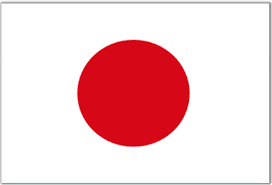
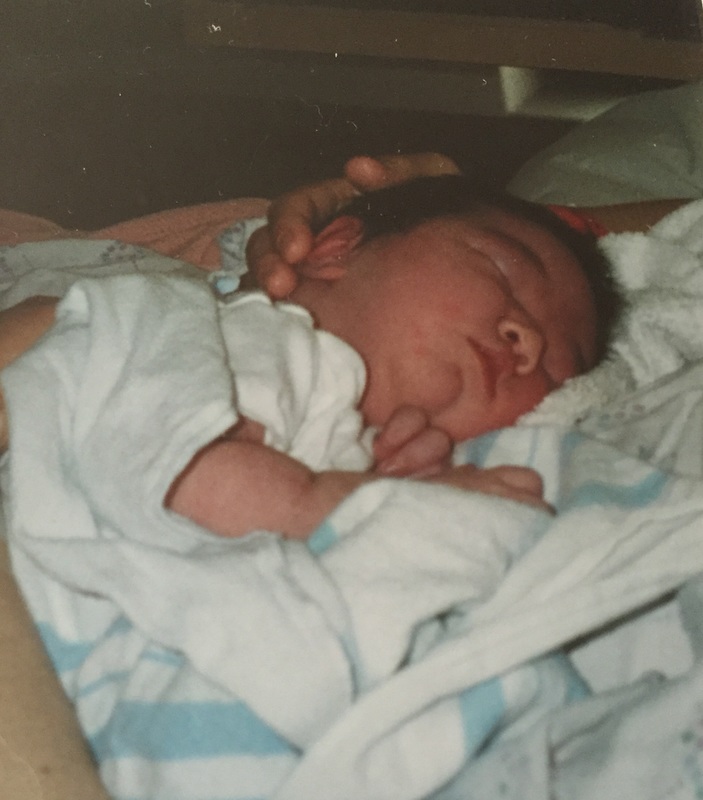
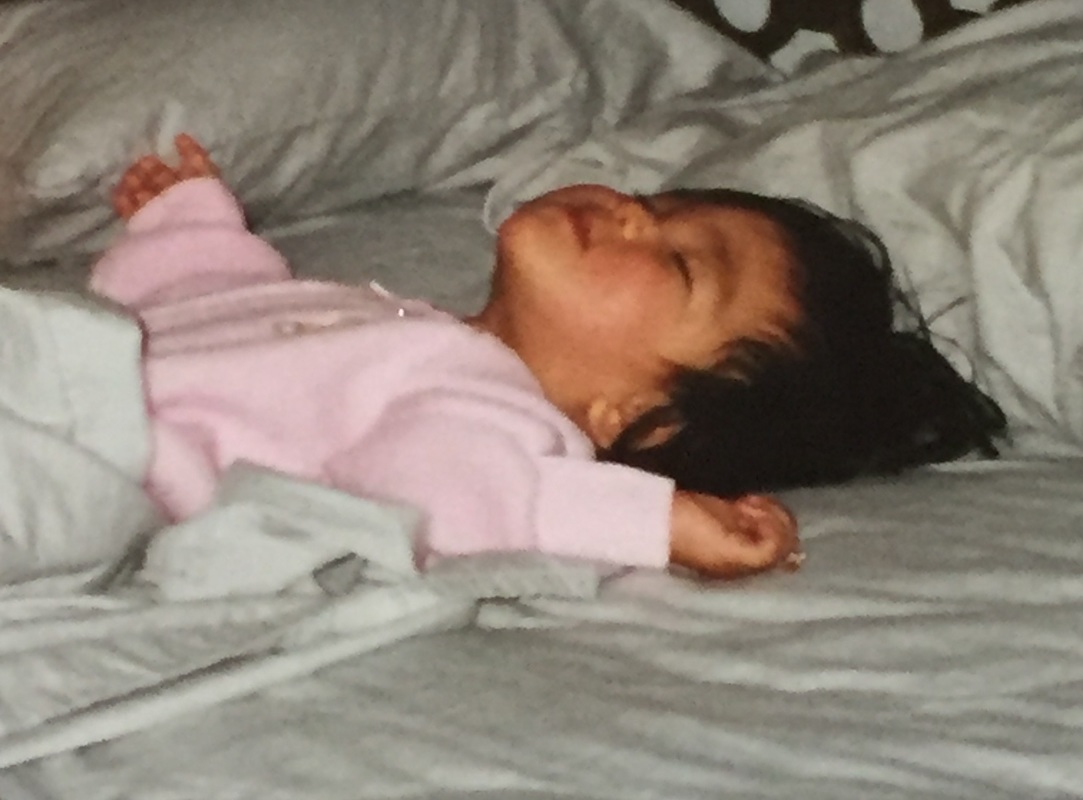
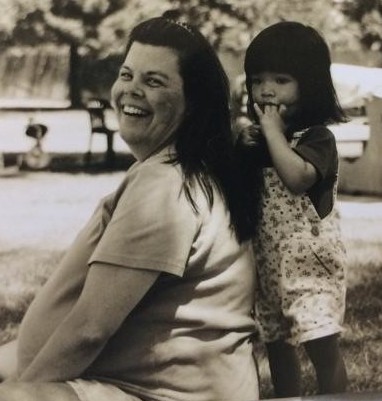
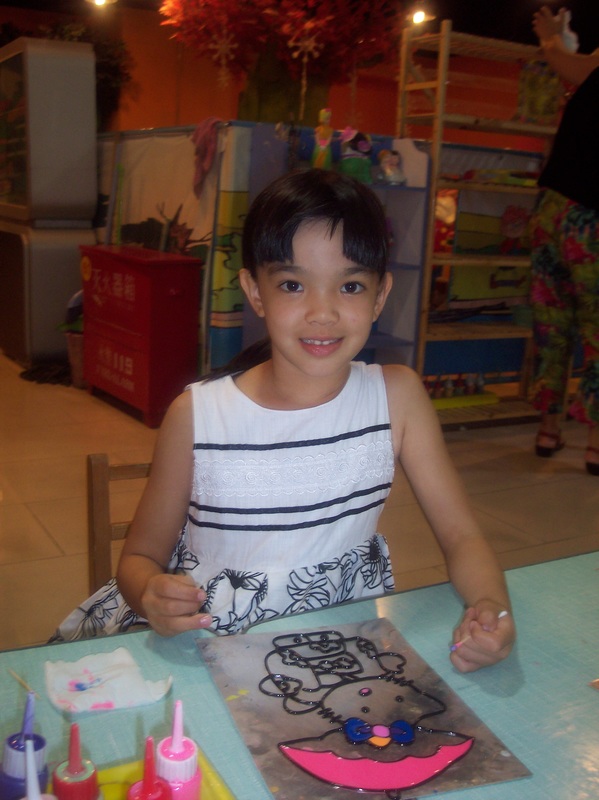
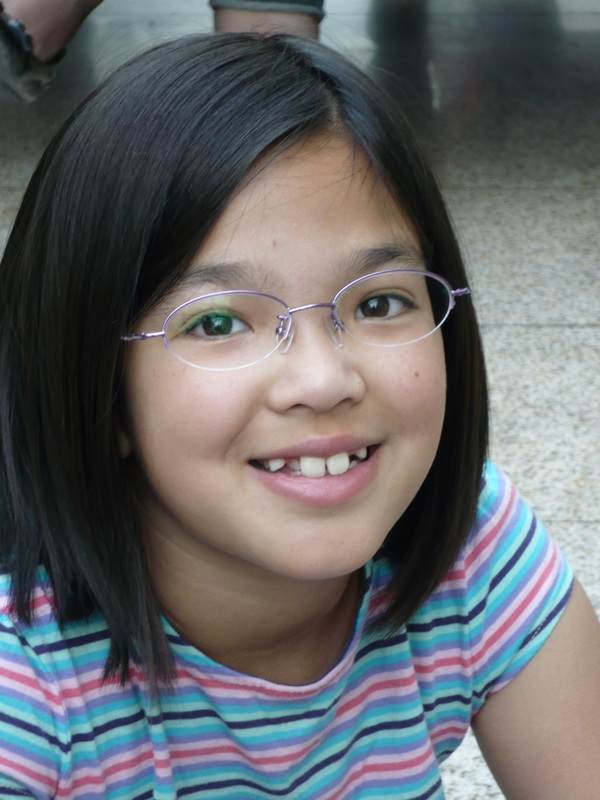

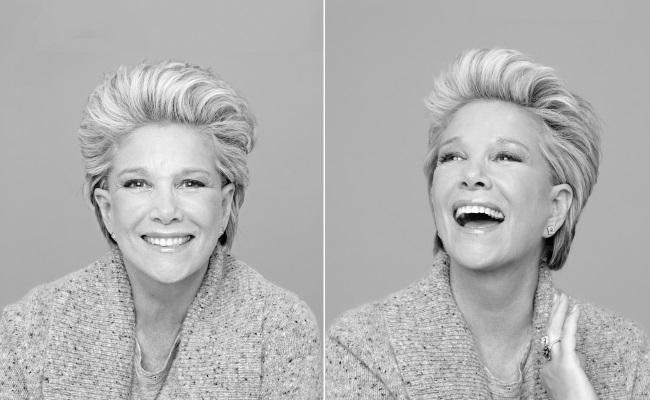
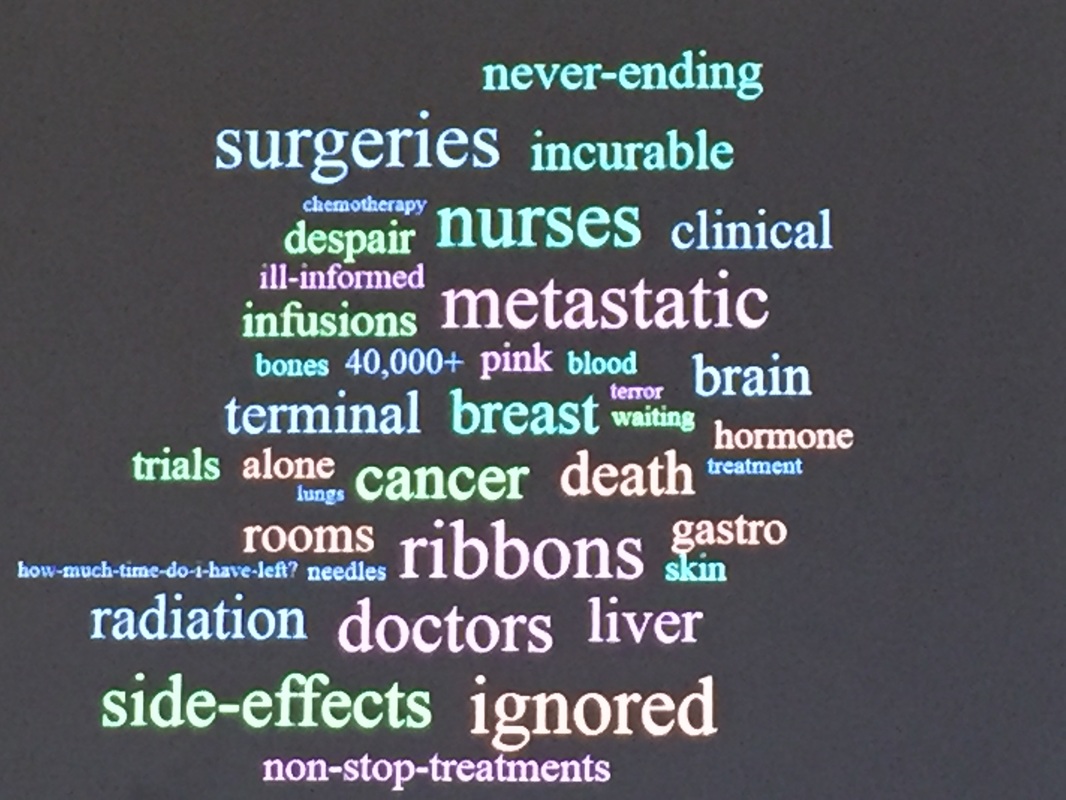
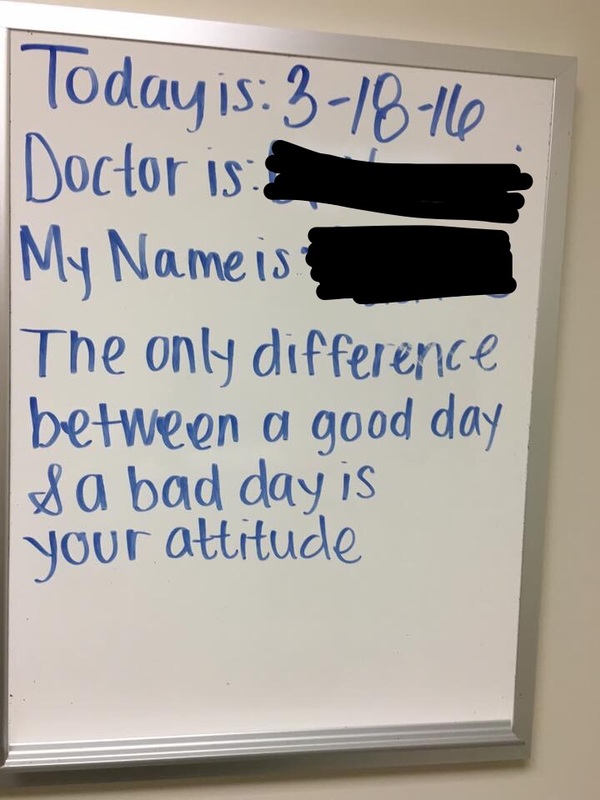



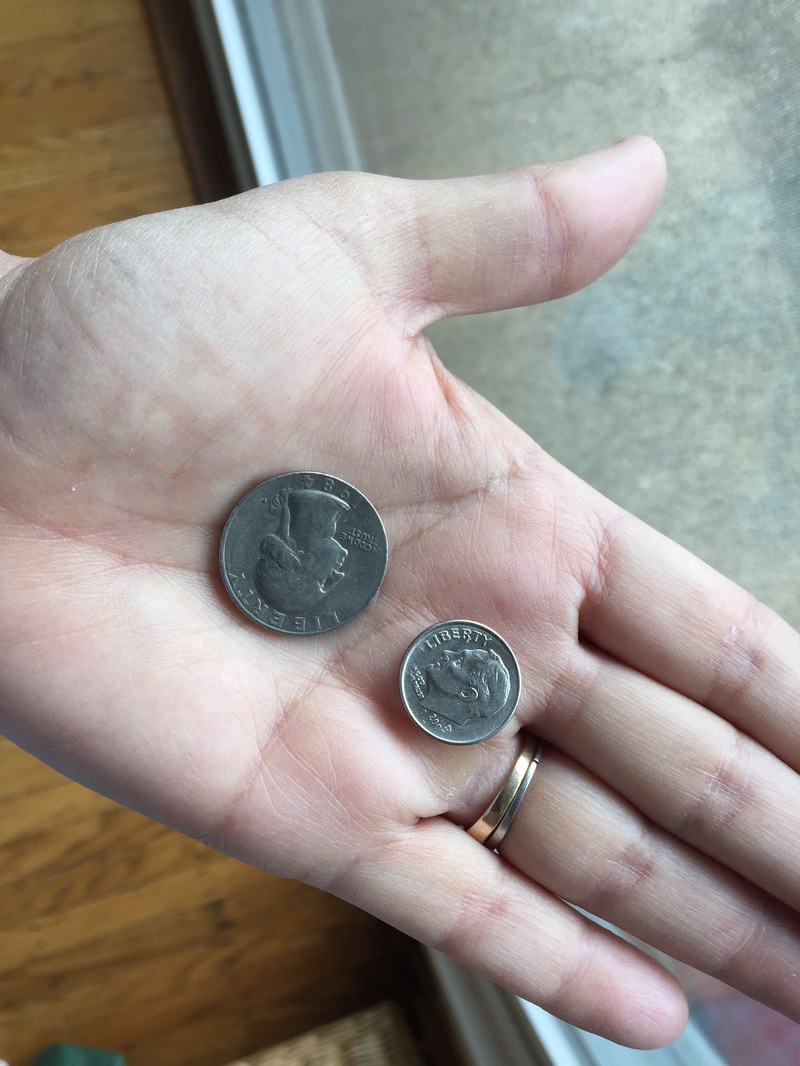
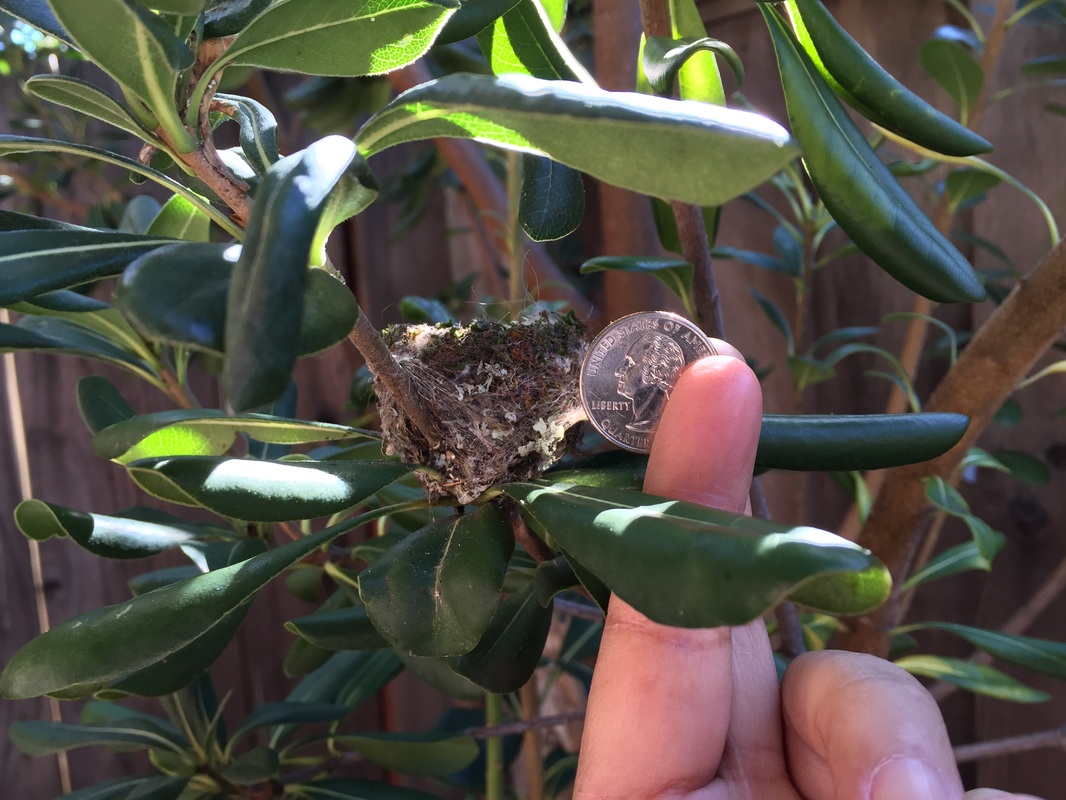


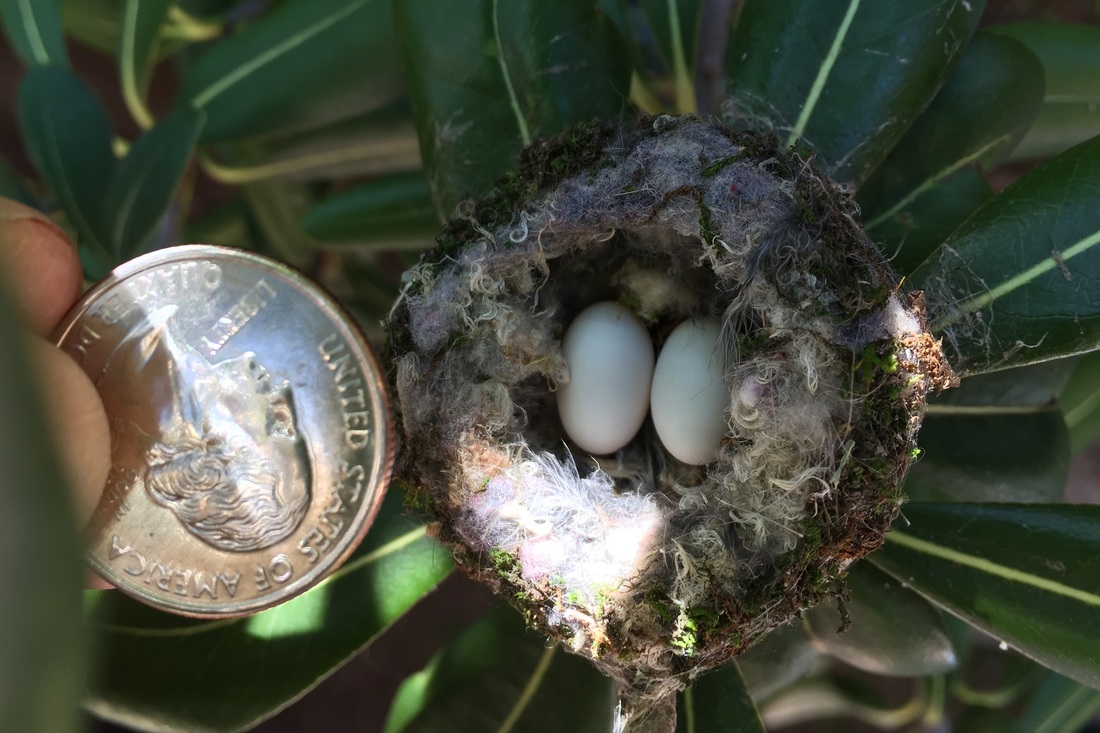
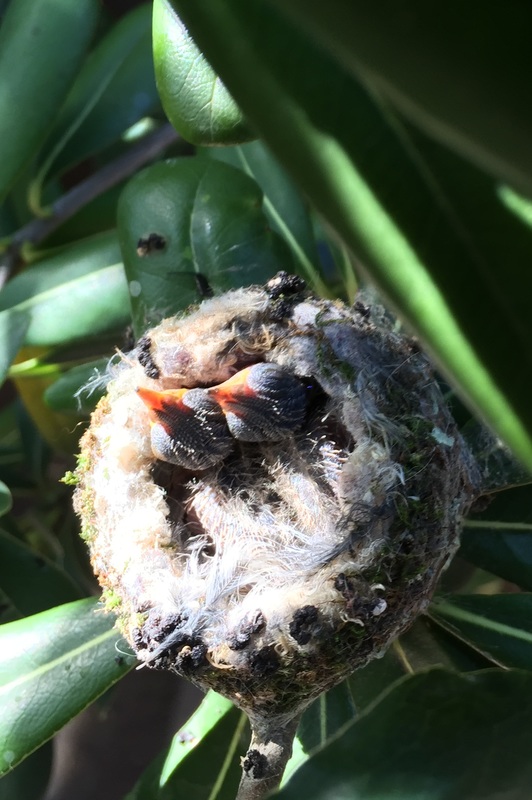
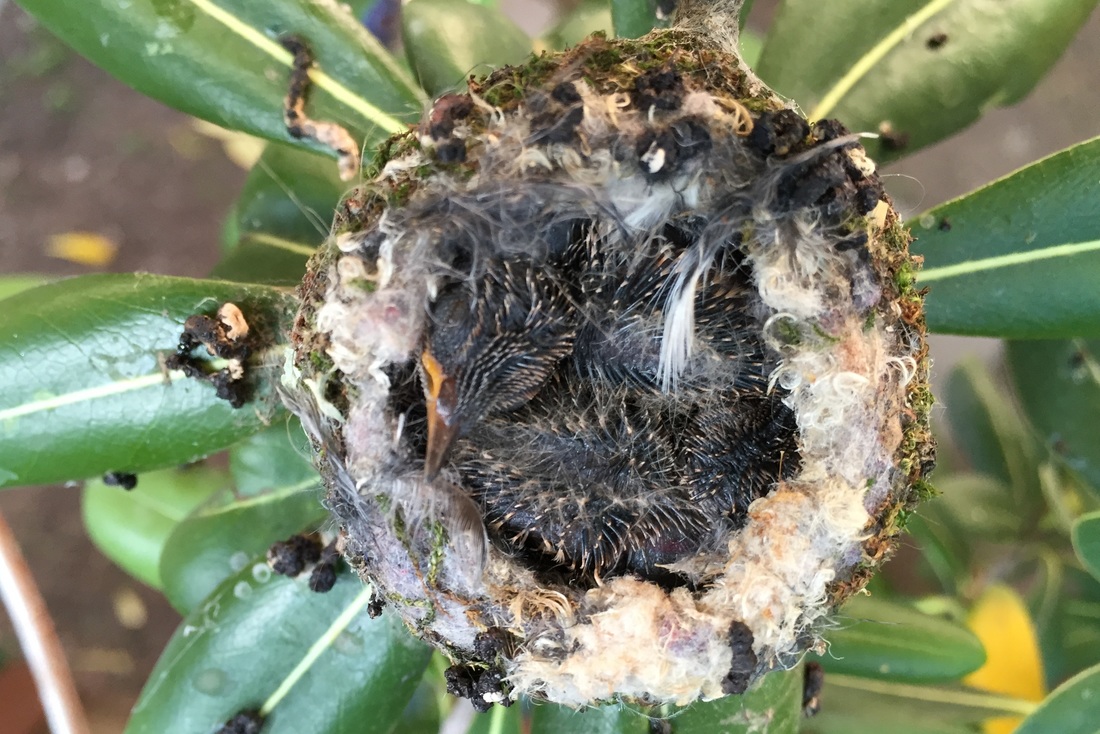
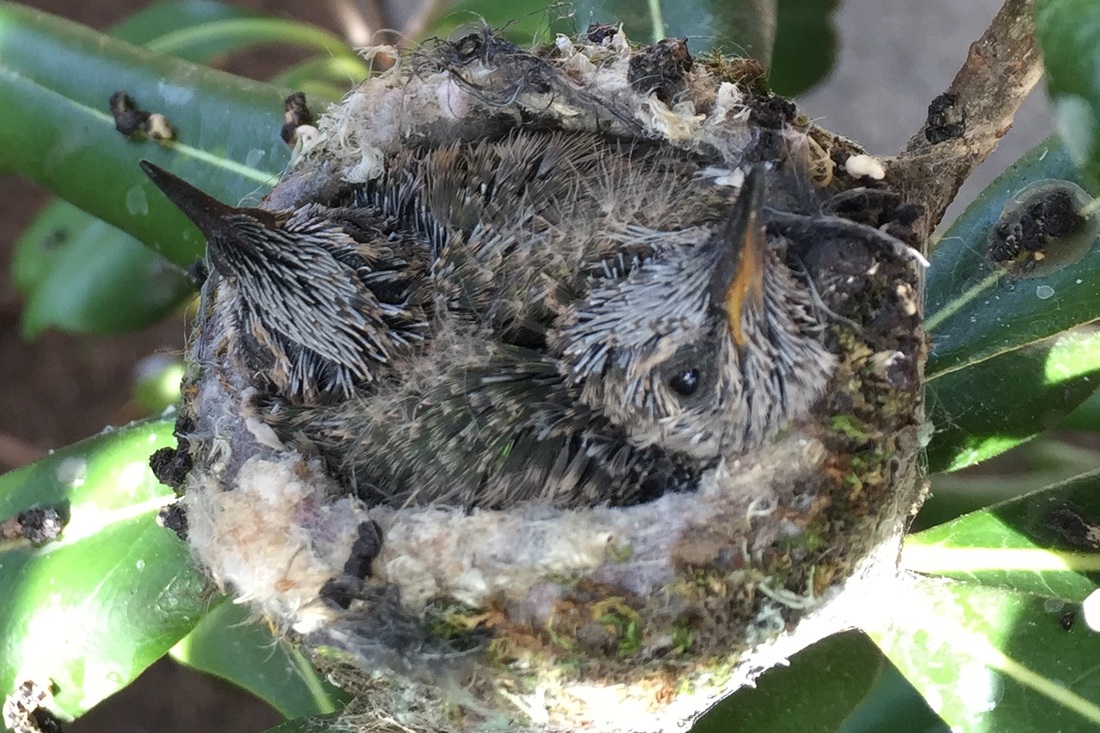
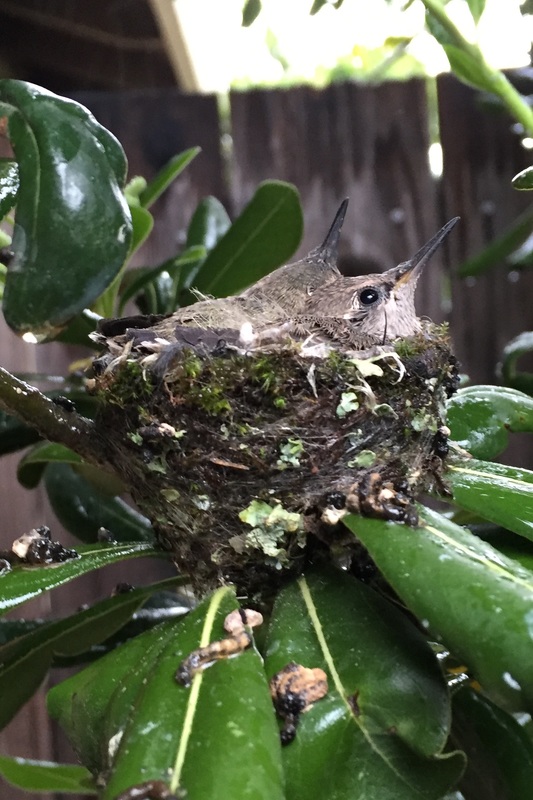
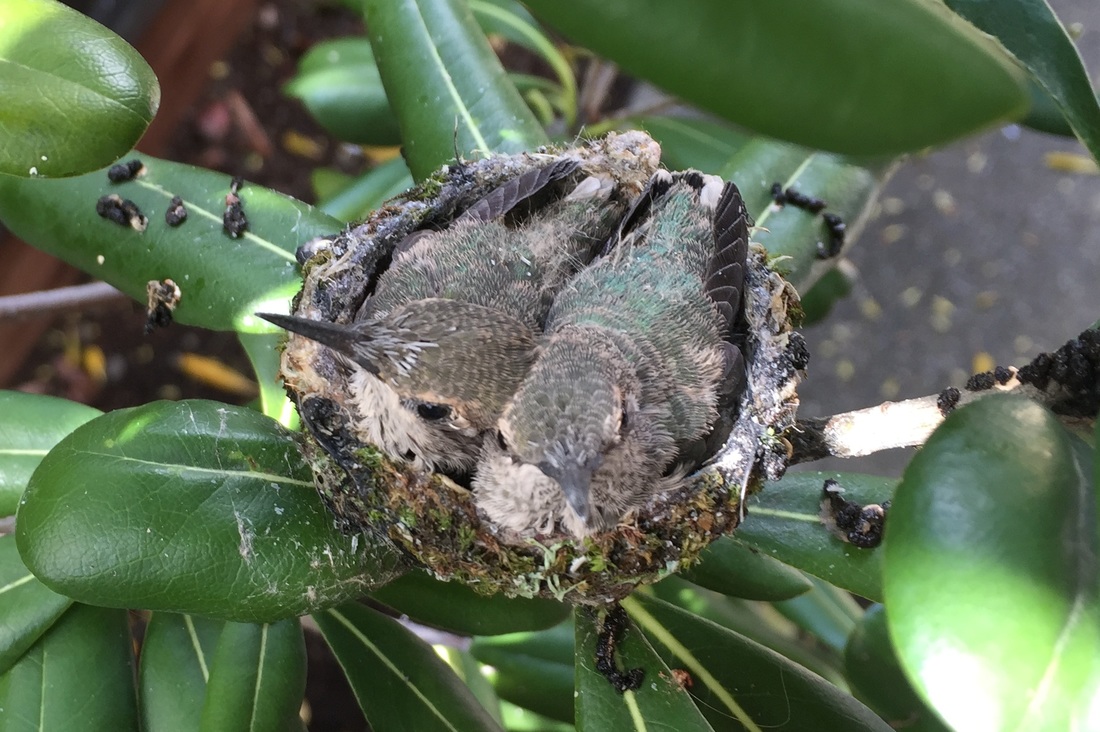
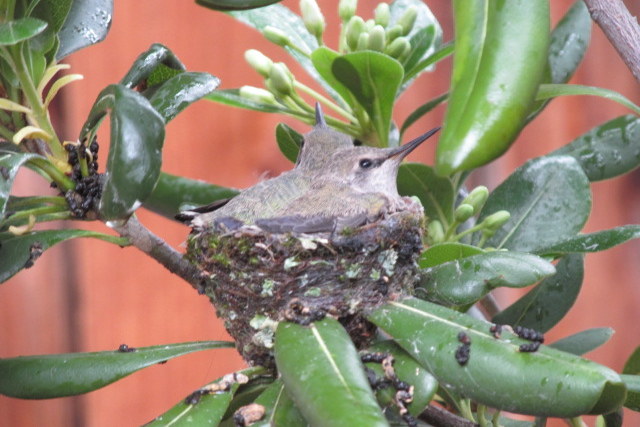
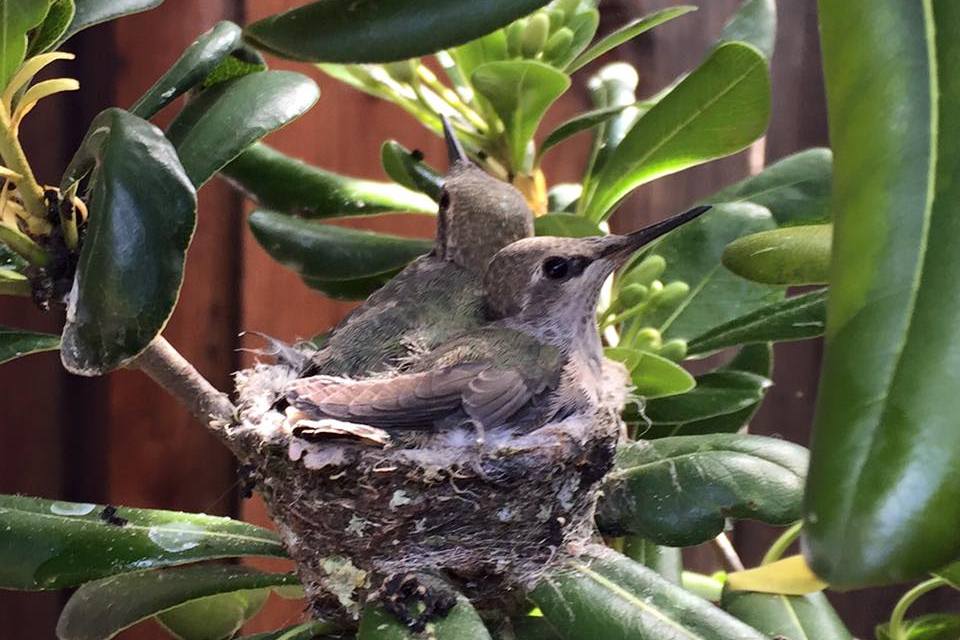
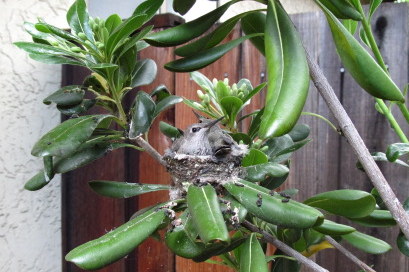

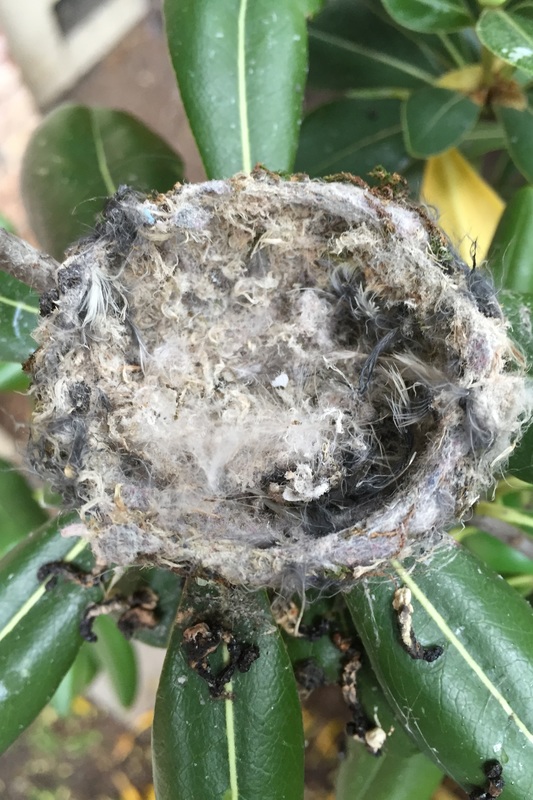
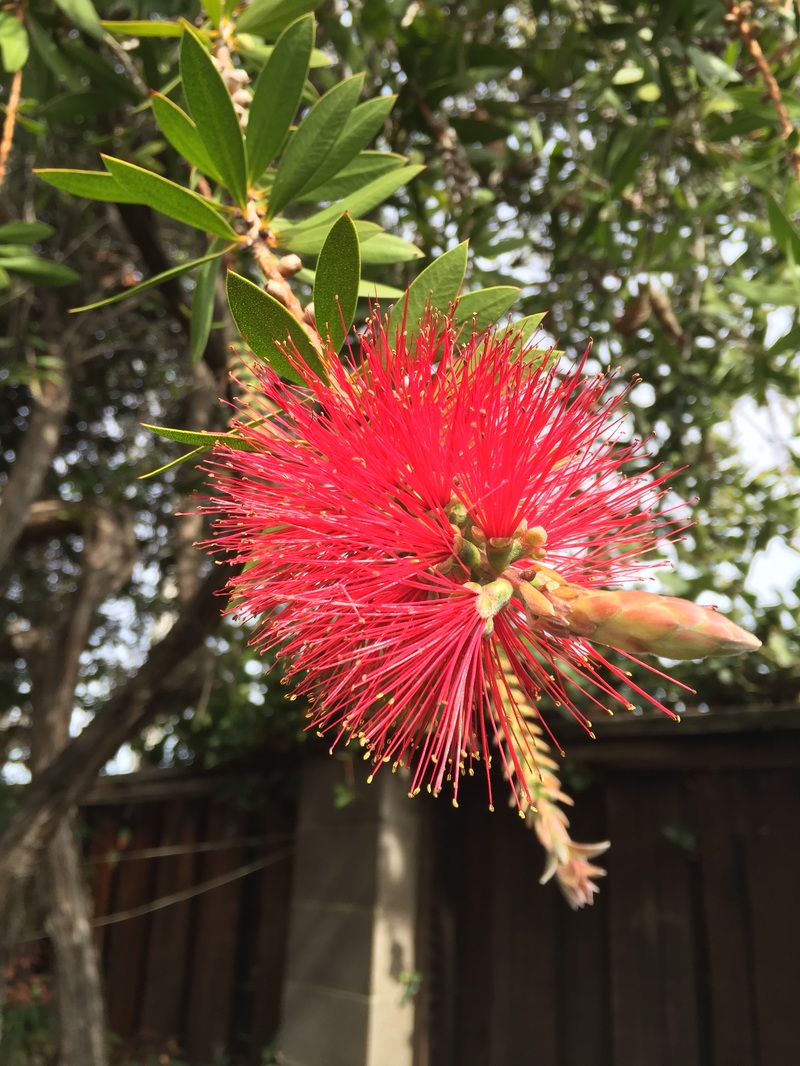
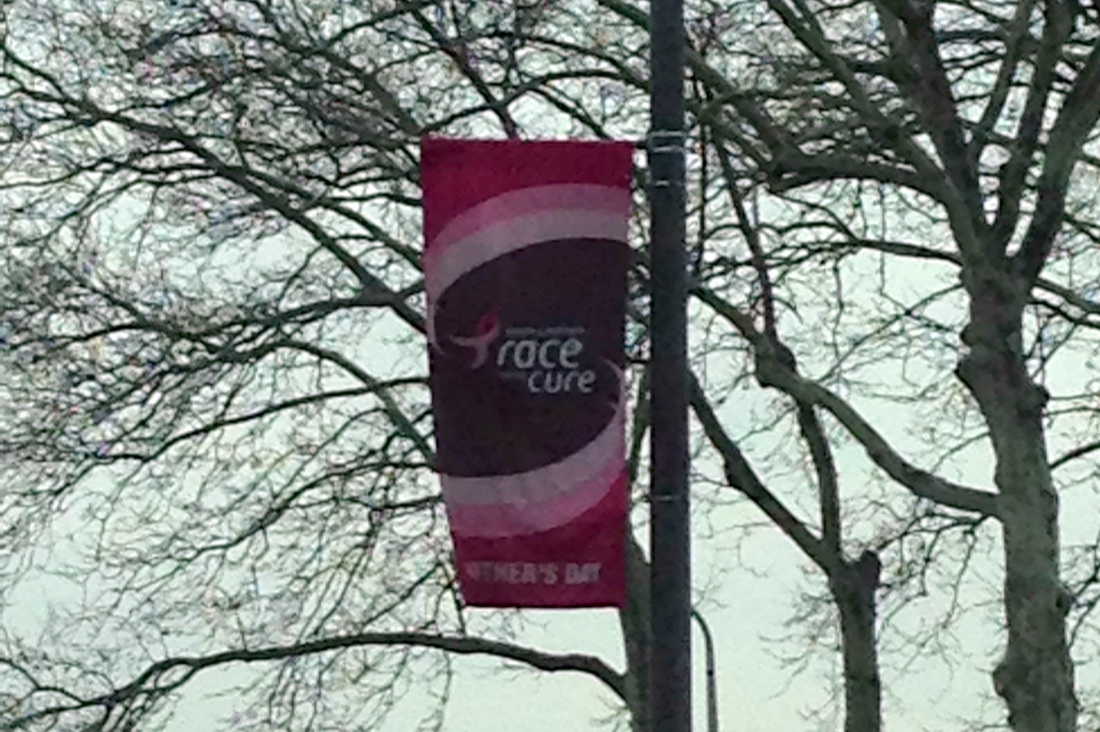

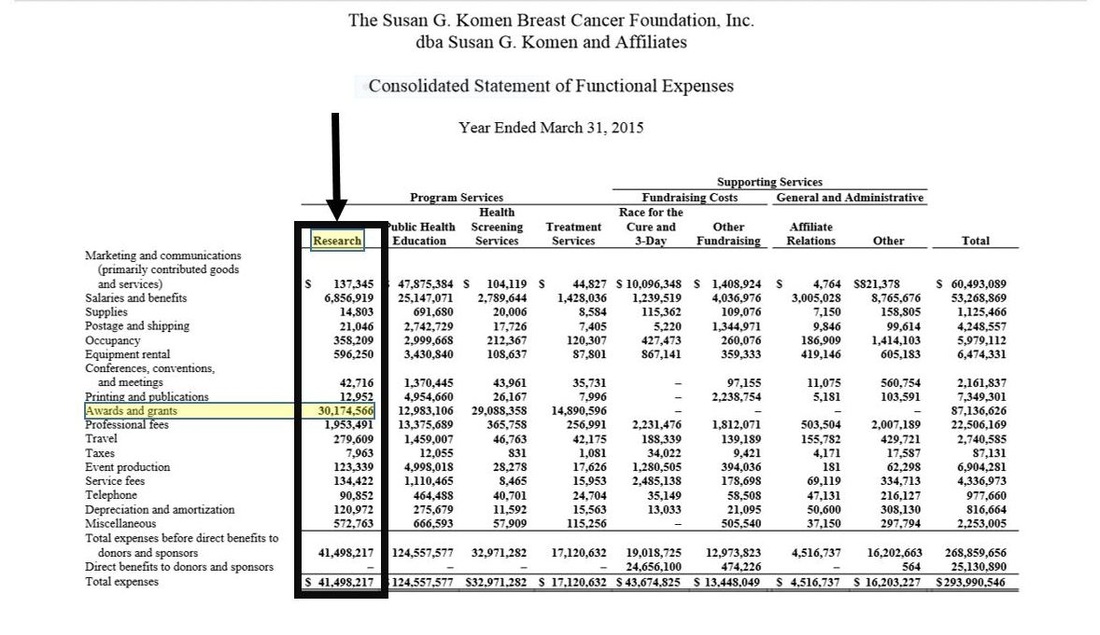
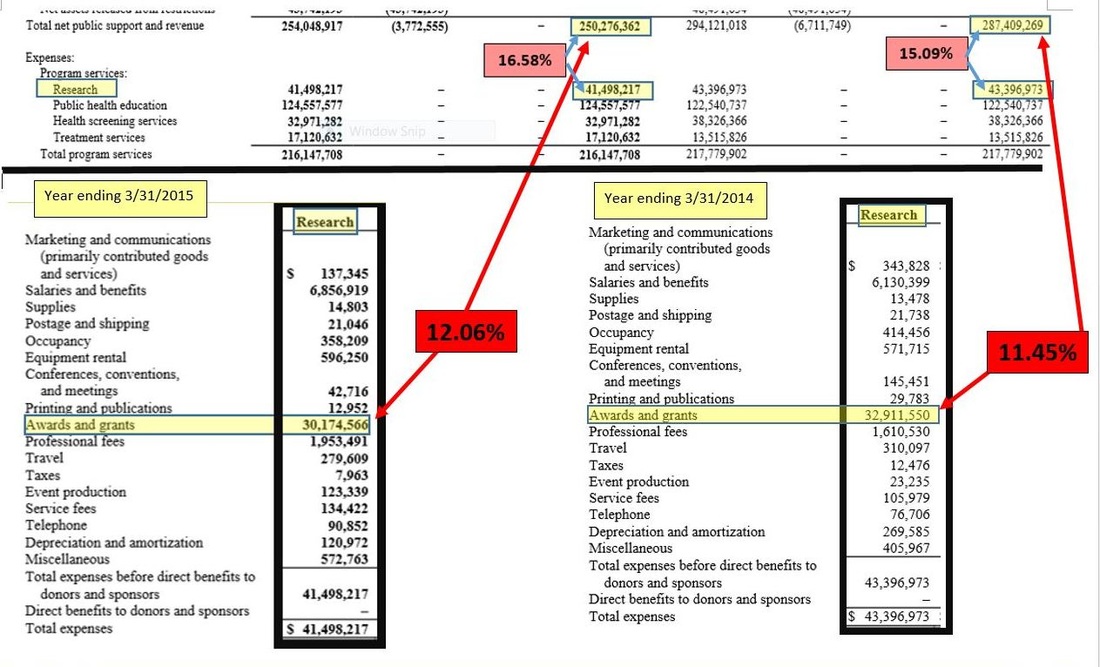
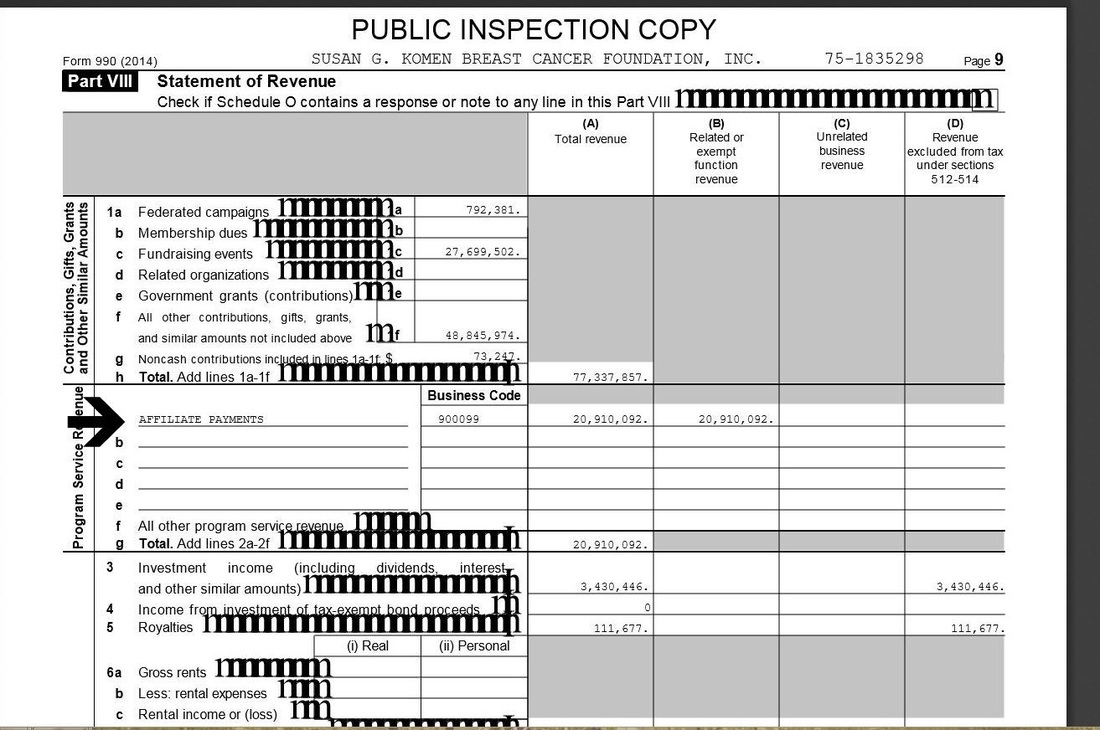

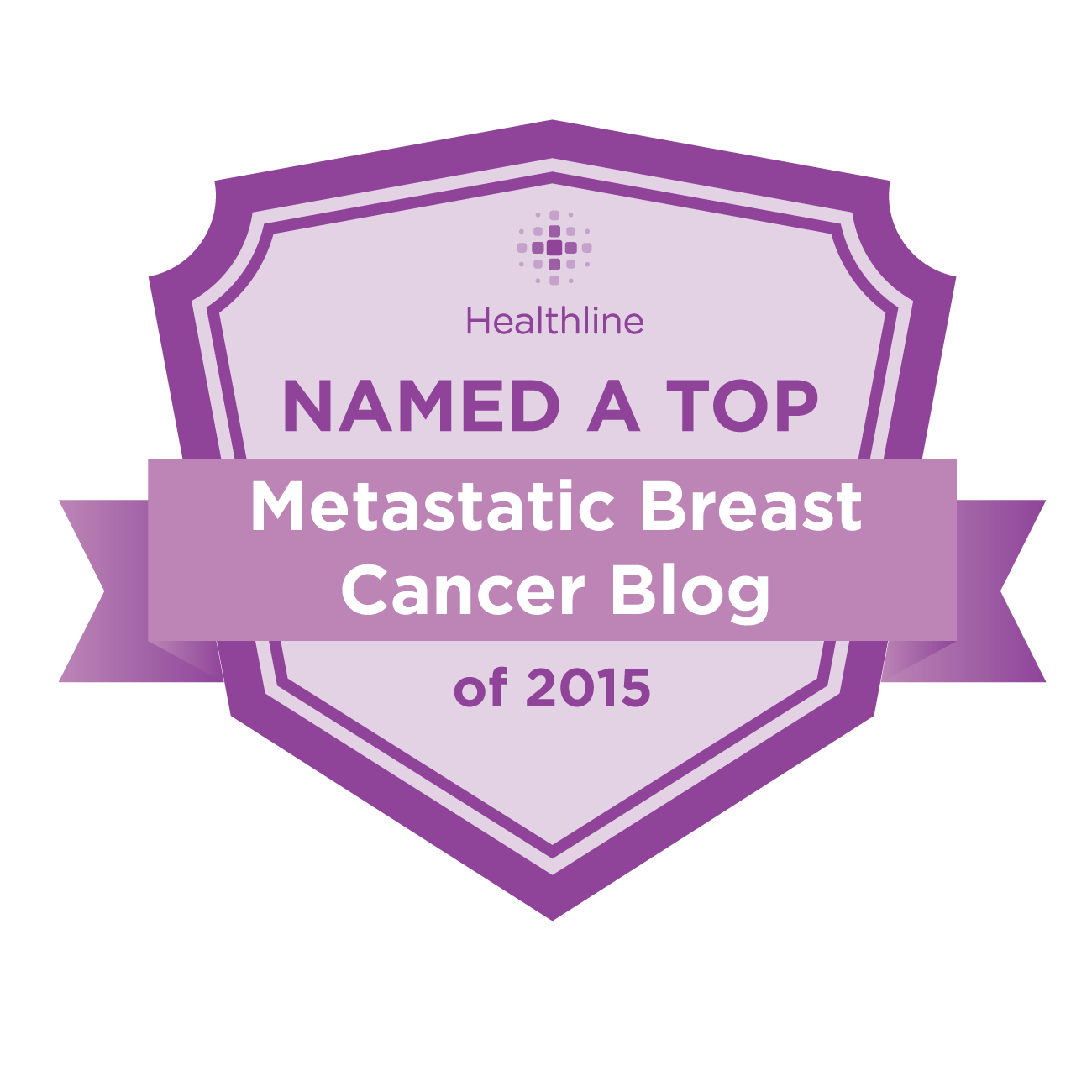
 RSS Feed
RSS Feed
